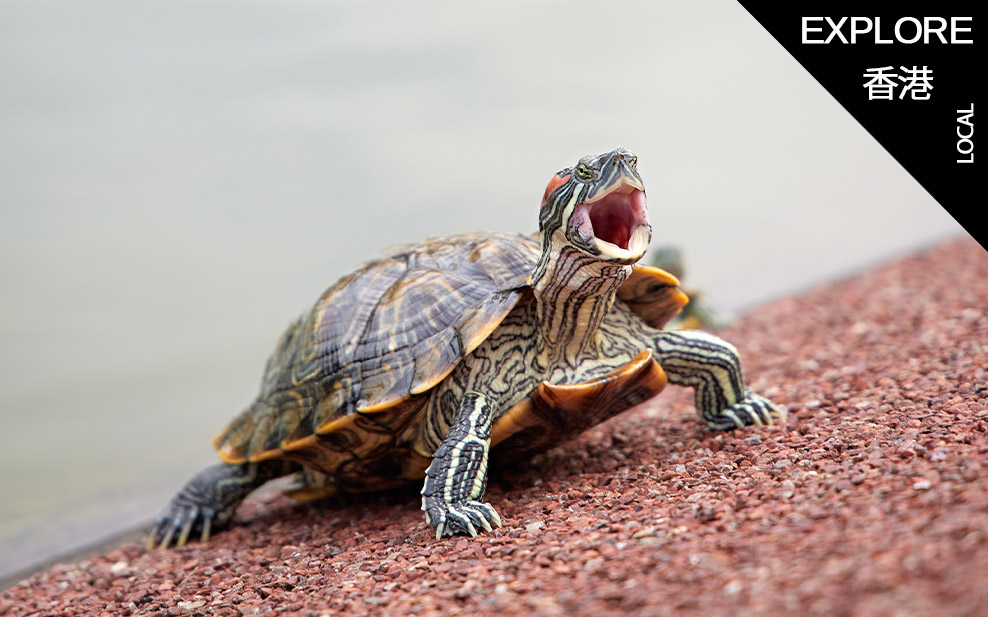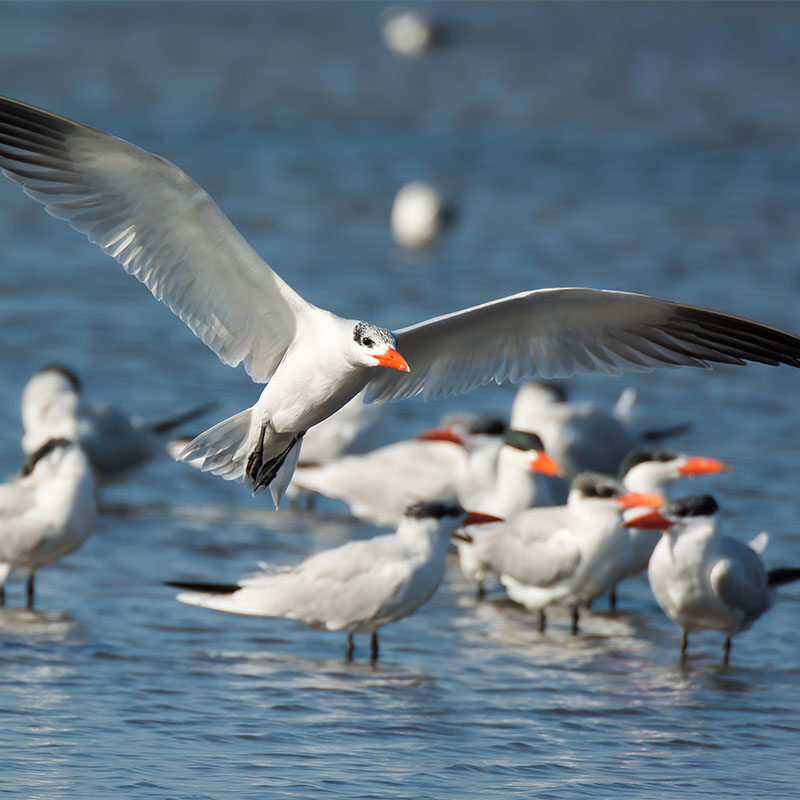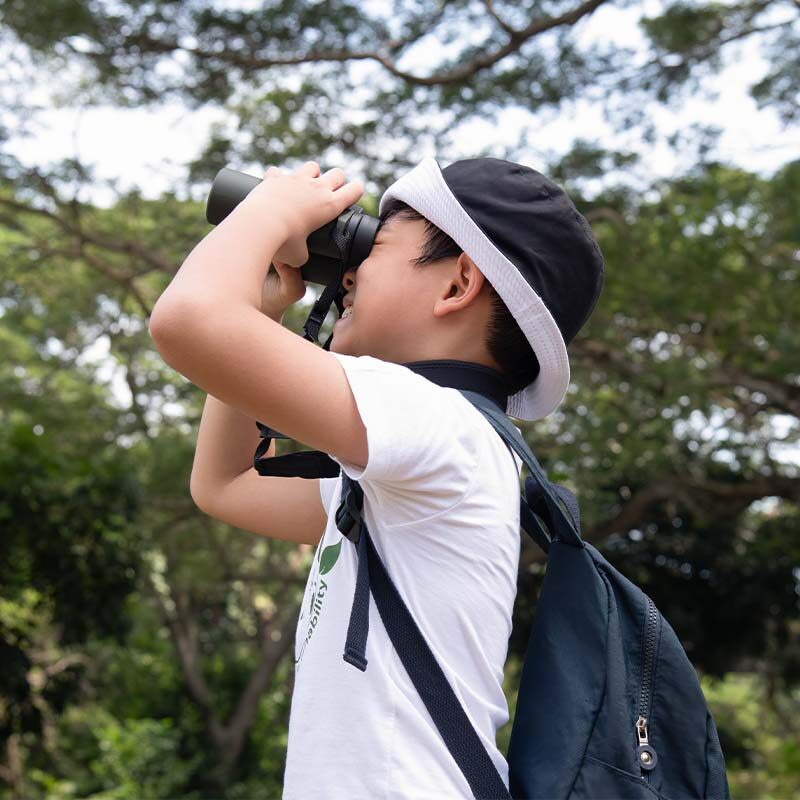Imagine you’re out for a stroll in the countryside in Hong Kong. Perhaps you might spot some turtles basking by on side of a reservoir, or a cluster of flowers with tiny pink and yellow heads, or a school of fan-tailed fish in a stream. The picture of nature’s perfection, you might think.
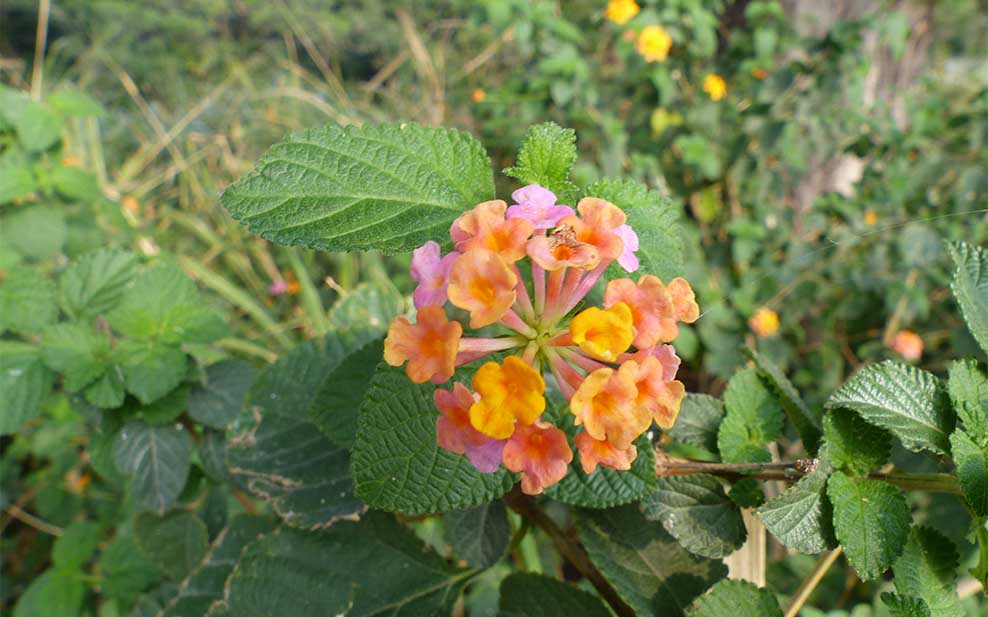
But things are not as they seem. Did you know that those flowers are from South America, the turtles and fish from North America, and that several of them are a major cause of ecosystem devastation in Hong Kong?
As a global trade hub, Hong Kong is ripe territory for the establishment of non-native animals and plants brought in deliberately as pets, crops or ornamentals, or as stowaways in cargo or on clothing. Most of these don’t end up being harmful to or even well-established in the local environment. However, a small proportion will go on to cause serious damage, eating or outcompeting native species that have not evolved to cope with them and even degrading the quality of the environment itself. The economic fallout from this is also substantial, causing an estimated 14 billion USD in annual losses in China alone.
However, some invasive species have become so ubiquitous in Hong Kong that most casual observers probably wouldn’t recognise them as non-native. This lack of understanding is particularly problematic here, as some of these species are ones that are deliberately released into the wild, either as abandoned pets or as part of Buddhist ‘mercy releases’. So, without a widespread recognition of these species and their impacts, these practices are unlikely to be reduced and efforts to control invasive species may not receive public support. Indeed, a lack of effective education has been identified as one reason for the continuation of releases.
WELL, here are 5 such species in Hong Kong (many of which are on the IUCN’s 100 worst invasive species list) and what makes them so destructive to our native ecosystems.
Red-eared Slider

This terrapin is a common sight in Hong Kong’s freshwater habitats, both urban and rural. But it is actually native to the Southern USA and Mexico. Its presence in Hong Kong is due mainly to its popularity in the pet trade and with mercy releases, with thousands being released into the wild every year either through mercy releases or when they grow too large for pet owners to take care of.
One reason for the red-eared slider’s invasiveness is its adaptability. It can withstand a wide range of temperatures and live in a variety of aquatic habitats from reservoirs to mountain streams. Another reason is its diet, as not only has it been found to eat native animals and plants, but it has also been implicated in the decline of the native Reeves’ Terrapin through competing for the same food sources.
Mile-a-Minute Weed
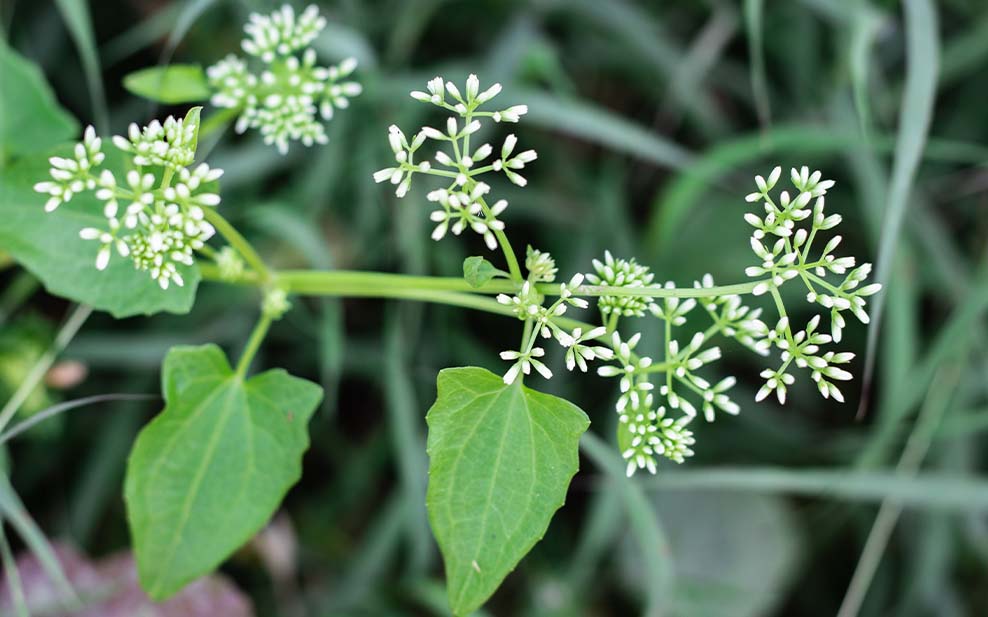
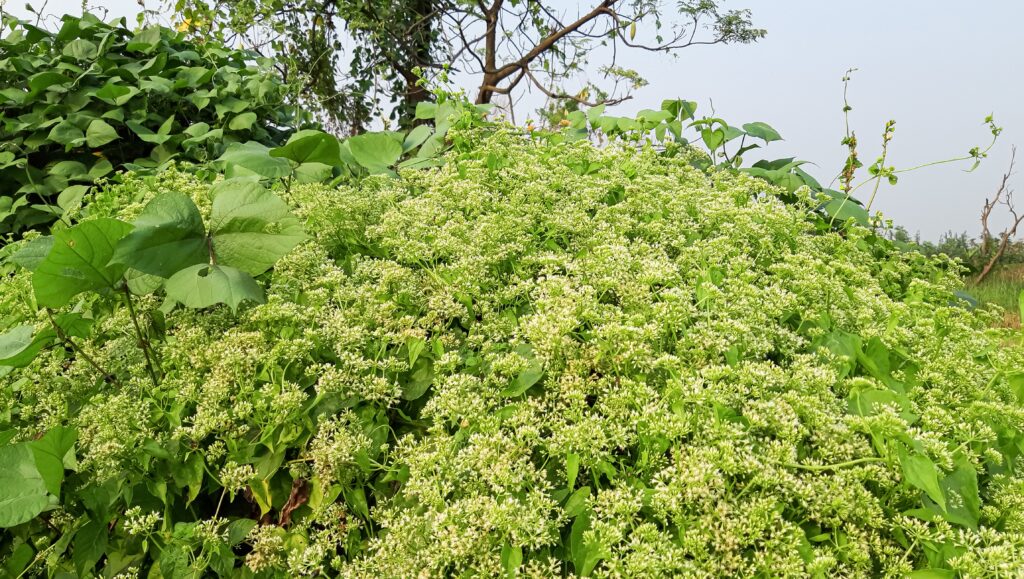
This seemingly innocuous climbing plant from South America is aptly named for its ability to rapidly spread and propagate itself. From September to February, it produces a lot of flowers and then seeds that germinate quickly and at a very high success rate. Once the young plants emerge, they will grow vigorously, climbing up other plants and smothering them with their leaves to starve them of sunlight, sometimes to the point of killing them. As a further measure against competitors, the mile-a-minute vine also secretes toxic biochemicals into the soil to stunt the germination of other plants’ seeds. Moreover, because it mingles so closely with native plants, this makes using chemical treatments against it difficult as they could also kill off the native plants.
The good news is that the mile-a-minute weed does not germinate well in the shade and thus has made little progress into the more heavily forested areas of Hong Kong. Nevertheless, in the more open areas where it has gained a foothold, it can and often has quickly become an infestation, outcompeting many other native plants.
Mosquito Fish
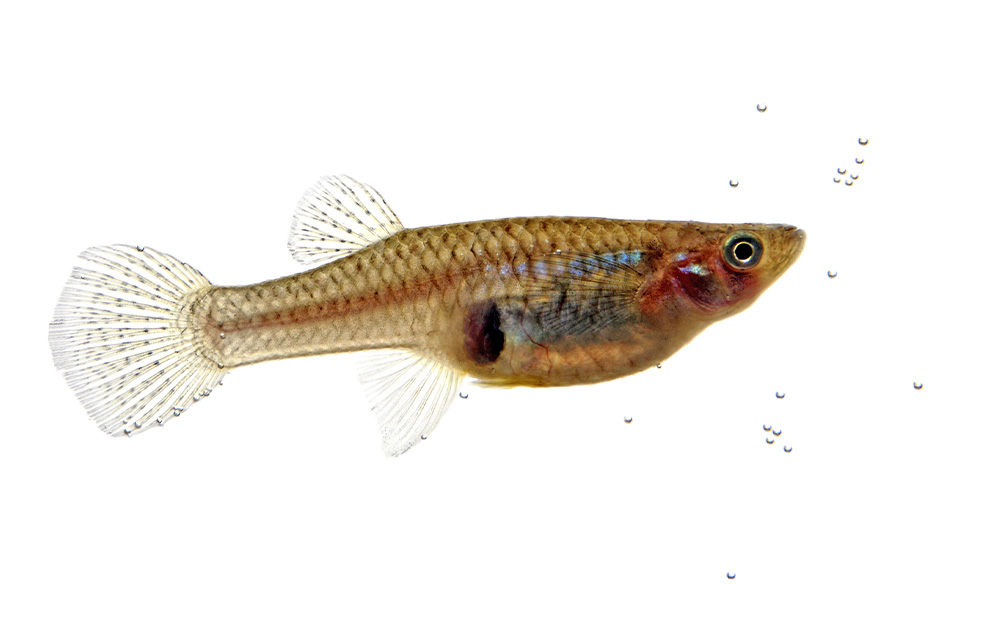
A relative of the guppies commonly seen in fish tanks, the mosquito fish was introduced to Hong Kong from North America in the 1940s to help control mosquito larvae. But despite its name, its diet is far more generalised than that and many native species in Hong Kong’s freshwater ecosystems have paid the price for it.
In areas that mosquito fish colonise, the abundance and diversity of native invertebrates is drastically reduced as the invaders eat their way through populations. Mosquito fish will also attack and harass native fish (even ones much larger than them) and eat the eggs and tadpoles of native amphibians – including the endangered Romer’s Tree Frog, which is found almost nowhere else but Hong Kong. Moreover, female mosquito fish don’t lay eggs but instead give birth to live young that are much harder for predators to catch. Small wonder it has become the dominant fish species in several places.
Golden Apple Snail
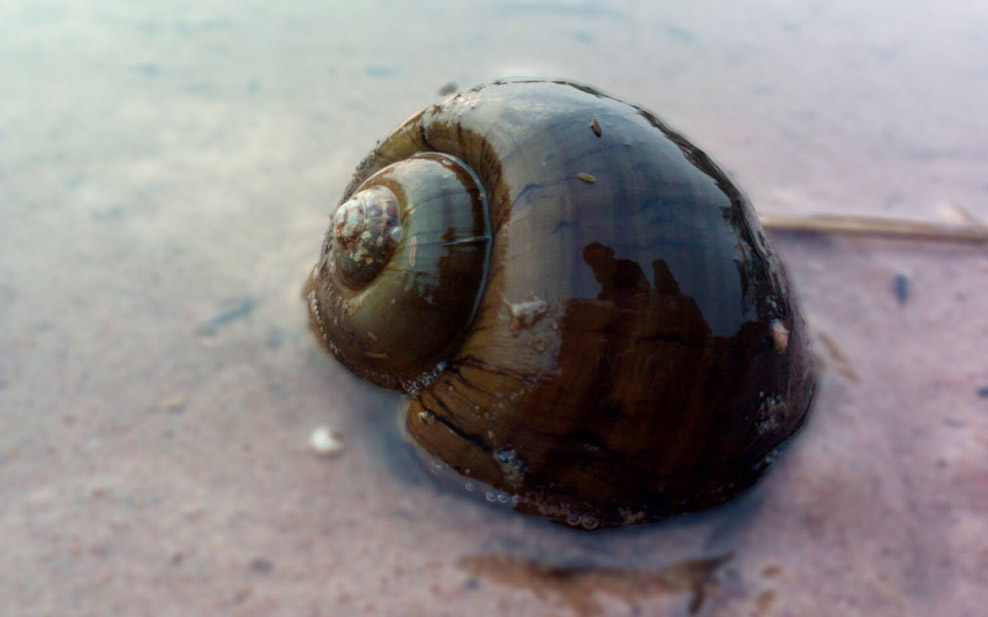
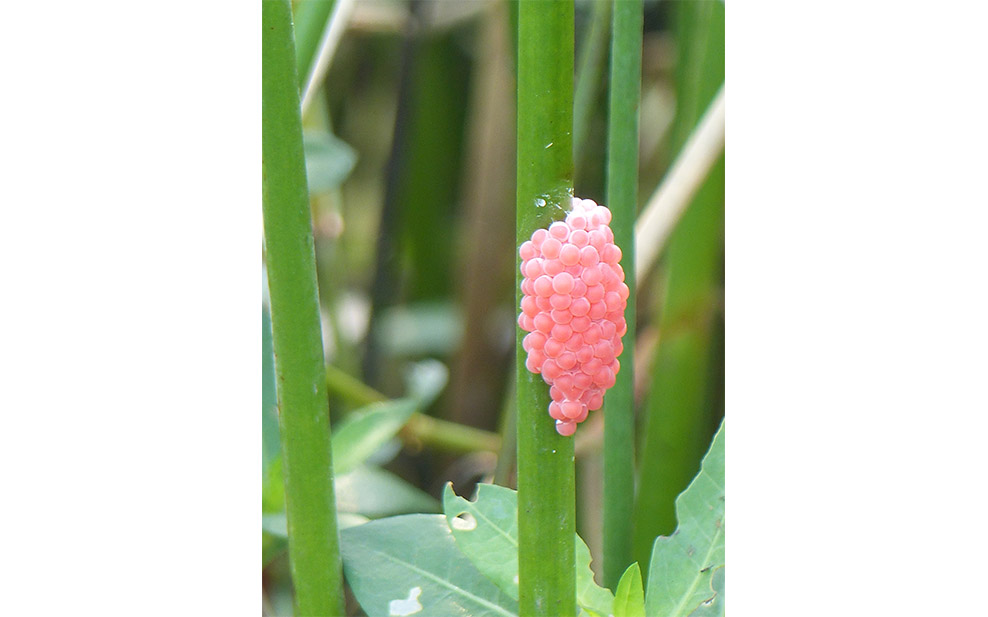
If you go walking around a lowland pond, stream or wetland in Hong Kong, you might notice these little pink clusters of gelatinous balls hanging off the stems of water plants. But don’t be fooled by the pretty colours, as these are the egg masses of one of the worst invasive species here: the golden apple snail.
Yet another invader from North America, the golden apple snail has a very thick shell that is difficult for native predators to penetrate. It has a broad diet ranging from plants to native snails to amphibian eggs and is a voracious eater, to the point where a small number of them can quickly empty a biodiverse water body of its native species. Moreover, it can also breathe both in and out of water, allowing it to move from one water body to another, leaving a trail of slime and destruction in its wake.
While manually removing the snails and their egg masses from an area might work on a short-term, local scale, it is a strategy that is virtually impossible to perform on a large scale. So sooner or later, any snails that aren’t removed will find their way back eventually.
Red Fire Ant
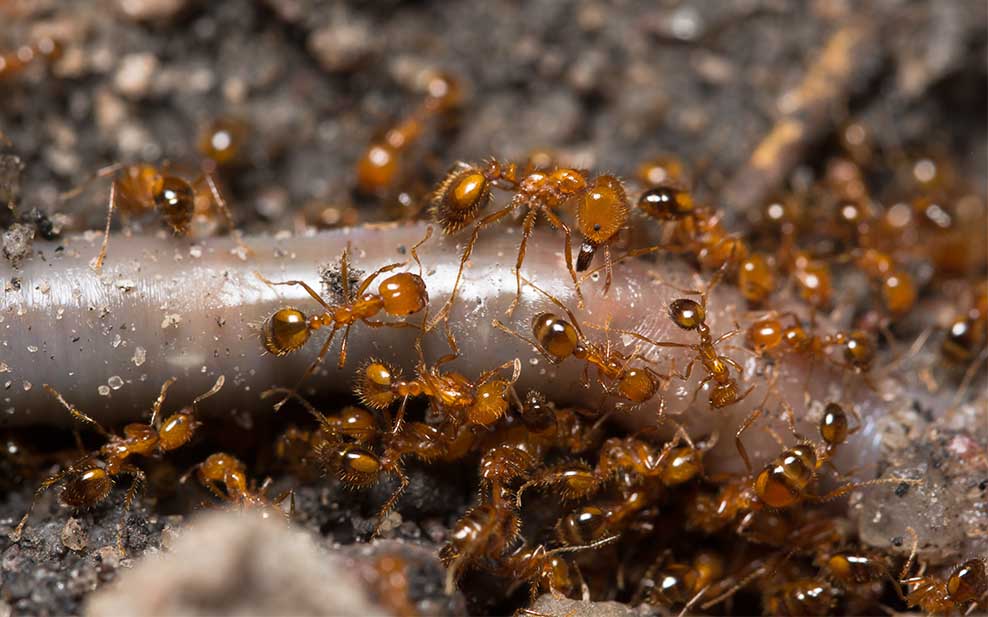
You might think that invasive species can’t affect humans directly. Rest assured, you will not think that should you accidentally tread on a nest of red fire ants, which have spread all over Hong Kong from Deep Bay to Lantau to Tseung Kwan O.
These South American ants –which probably stowed away to Hong Kong in cargo shipments– are notoriously aggressive. When provoked, they will swarm all over their attacker and sting them repeatedly, creating a burning sensation that gives them their name, along with blisters and –in rare cases– chest pain, nausea and even fatal anaphylactic shock. This same swarming behaviour also allows them to attack and overwhelm prey many times their size. They have also been known to chew on electrical equipment, causing short circuits in anything from air conditioners to computers to car electrical systems.
Worse still, fire ants are extremely difficult to get rid of. Unlike many ant species, whose colonies have a single nest and queen on which their survival is dependant, fire ants have multiple nests and queens within the same colony. So even if one nest mound is destroyed, it usually doesn’t kill the whole colony.
WELL, what can be done?
Unfortunately, by the time an introduced species becomes as well established as these ones have, it is almost impossible to fully eradicate. As seen with the apple snails, manual efforts to remove them are typically just temporary measures. But it can be possible to control and prevent their further expansion.
One way to do this is to simply protect and conserve wild places. Invasive species usually gain a foothold in degraded habitats where certain native ones have already disappeared. But in healthier ecosystems, they have a harder time becoming established, as more native species can also mean more predators or competitors for them.

Everyday people can also help to monitor the spread of invasive species using the mobile phone app, iNaturalist. This app allows users to both identify any species they take photos of and (if their phone’s GPS service is on) record their location. So if the species in question is non-native to a country and in an area it has never been recorded before, it may be possible to take preventative measures before it becomes too established there. One excellent opportunity to put iNaturalist to this use is during the annual City Nature Challenge (CNC).
“Any area that has an issue with an invasive species could use iNaturalist as an entry point into understanding where it may be found. It can be an early warning system, if you like.” says Shaun Martin, CNC coordinator for Hong Kong.
Of course, the best measure against invasive species is to prevent their entry into countries in the first place, which means more stringent laws against it. Australia –a country heavily afflicted by invasive species– has strict criteria on what animals and plants can and cannot be imported. Such laws are needed on a global scale, particularly in places like Hong Kong, which has no import bans for species aside from endangered ones. There also need to be stricter rules and penalties against dumping non-native species in the wild and better education programs on the dangers of doing so.
Before you go:
For more details on policy actions to control the spread of invasive species, check out these recommendations made by the University of Hong Kong: https://www.hku.hk/press/news_detail_10182.html
Written exclusively for WELL, Magazine Asia by Thomas Gomersall

Thank you for reading this article from WELL, Magazine Asia. #LifeUnfiltered.
Connect with us on social for daily news, competitions, and more.
